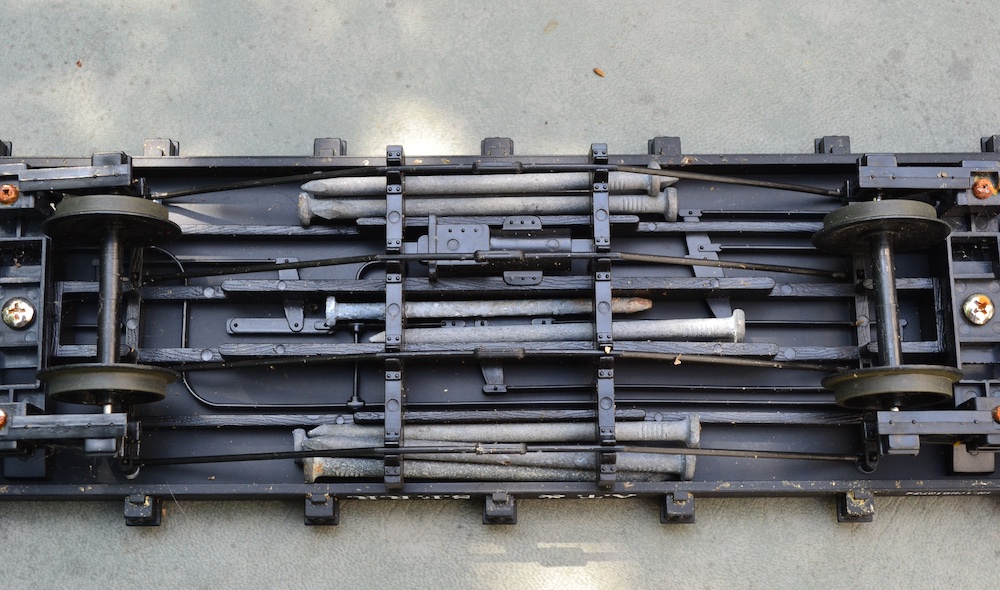
Easily add weight to flatcar I have a basic flatcar that was giving me problems. The trouble with flatcars is they don’t weigh that much and derail easier than other cars. One solution is to install metal wheels, but I didn’t want the expense plus by leaving the car outdoors I was worried about rust. […]
Read More…
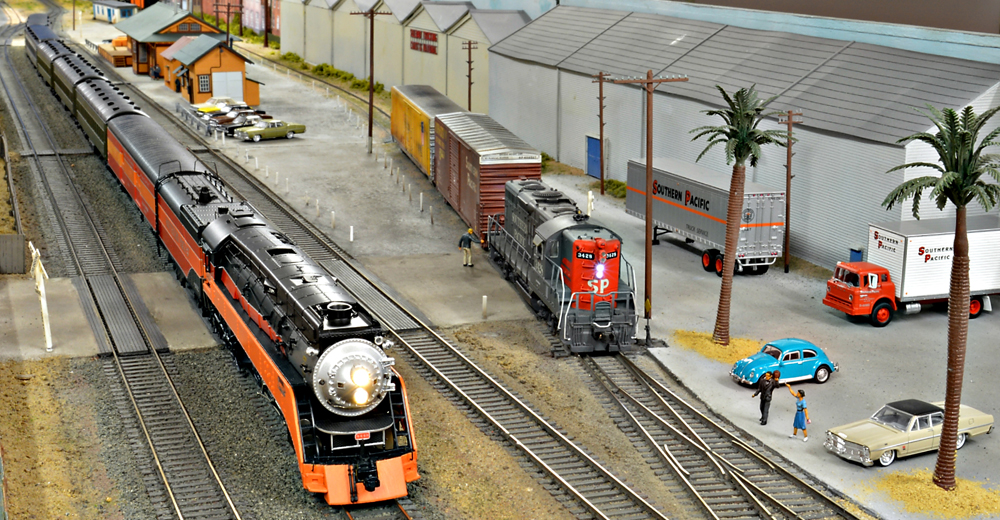
We’ve all been there before. Seated at the drafting desk, or perhaps the workbench, depending on how your layout room or workshop is set up, notebook open, pen in hand, writing out a list of desired traits for your soon-to-begin model railroad, maybe sketching possible track plans in the margins. A tale as old as […]
Read More…

Q: I recently ordered one of the Milwaukee, Racine & Troy N scale bay-window cabooses from Shop.Trains.com. What does the “P” on top of the bay window stand for? — R. Anderson A: The “P” indicates it’s a pool caboose, one not assigned to an individual conductor or specific crew. Former Senior Editor Jim Hediger […]
Read More…
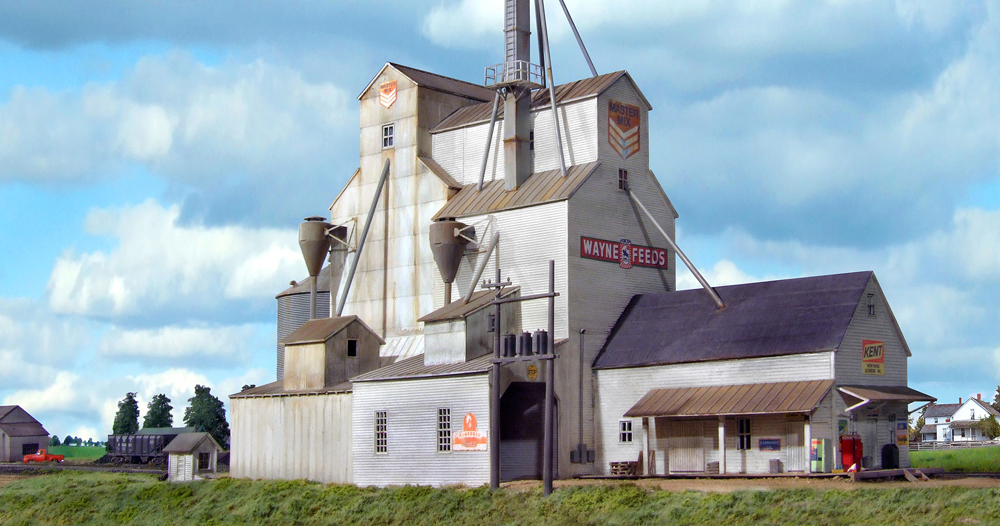
Last month we took a look at modeling urban scenery. This time around, we’ll step back from the big city and focus on rural scenery. I spent my formative years in the Red River Valley of the North, which was dotted with small towns up and down the Minnesota and North Dakota sides of the […]
Read More…

Q: Although I’m an N scale modeler, I read the review of the Milwaukee, Racine & Troy HO scale buffer car on Trains.com. Reading the description brought up a question. Do railroads designate cars to dedicated buffer service? If so, how are these cars identified as used in buffer service only? — Perry A. Pollino […]
Read More…
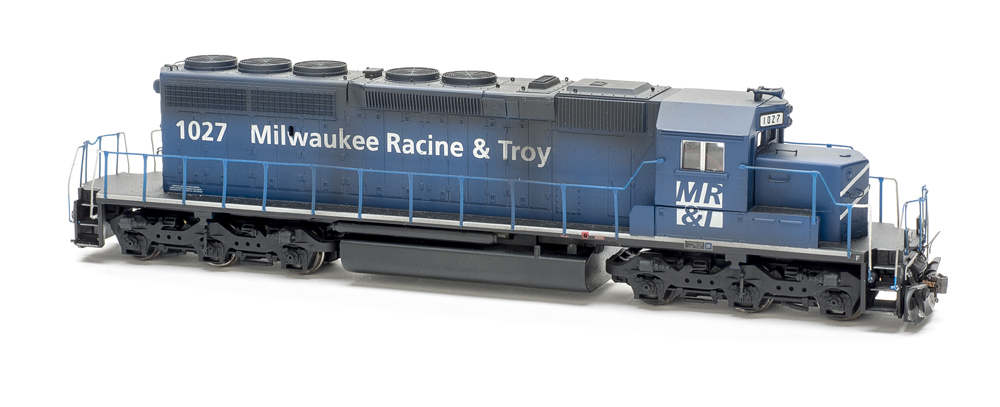
There are many reasons you might need to bring a locomotive back to life. Here are some tips for resurrecting unused locomotives. Disassembly The first thing you’ll need to do is to get inside the locomotive shell. Maybe you’re lucky enough to have an exploded-view diagram of your model. If not, you can check the […]
Read More…
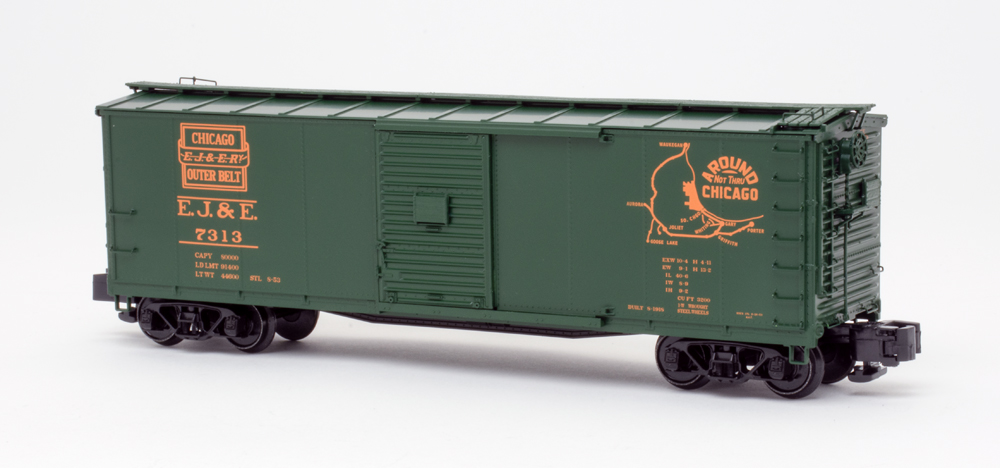
A finished S scale layout or individual model can be both visually and operationally impressive. However, getting the desired model may be somewhat harder than in a scale with more manufacturers and product offerings. As S scale modelers are quick to point out, modeling in 1:64 calls for inventiveness and perseverance. While there are ready-to-run […]
Read More…
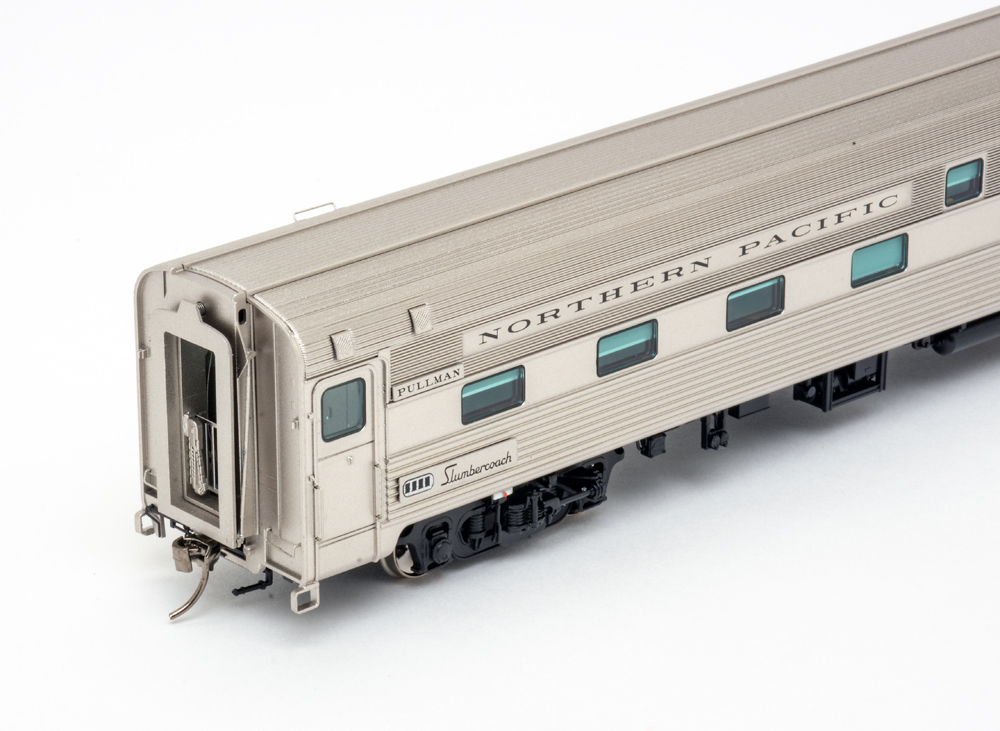
A Budd Slumbercoach is the latest addition to the Rapido Trains HO scale passenger car fleet. The 24-single-room, 8-double-room car is based on the as-built version with steam heat equipment. The injection-molded plastic model features separate, factory-applied name boards; etched-metal end gates; and sprung diaphragms. Prototype history Budd produced the Slumbercoach from 1956 to 1959. […]
Read More…

When I first started at Model Railroader in February 2014, I edited a story by Alex Marchand about how he created N scale hoppers using 3-D printing. That story was where I began to learn the basics of 3-D printing. But things have come a long way in the decade since. What was once a […]
Read More…
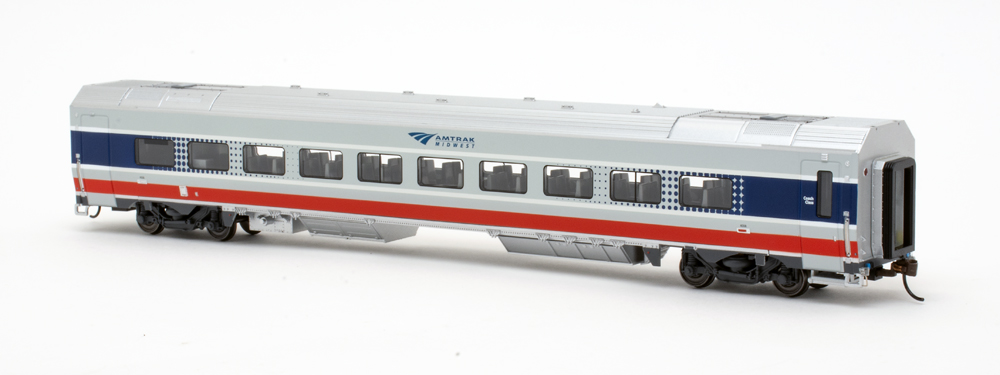
Amtrak’s newest passenger equipment is now available in HO scale from Bachmann. Entering service in 2018, Siemens has already built more than 100 Venture cars for service with Amtrak, Brightline, and VIA Rail Canada. The company is also under contract to deliver more equipment to existing operators and Ontario Northland Ry. A modern prototype The […]
Read More…
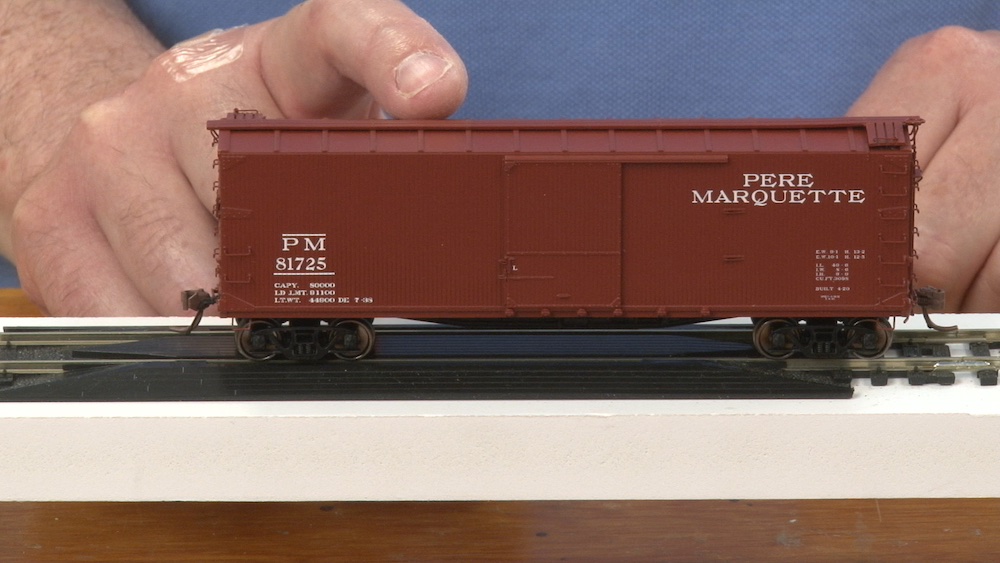
Sometimes, rolling stock needs a little fine tuning before it can be considered ready to run on a layout. One common quirk? Wobbling. Before you jump in and start making fixes, be sure to do some testing. Here’s how: With the model sitting on the track, lightly tip the body from side to side. If […]
Read More…
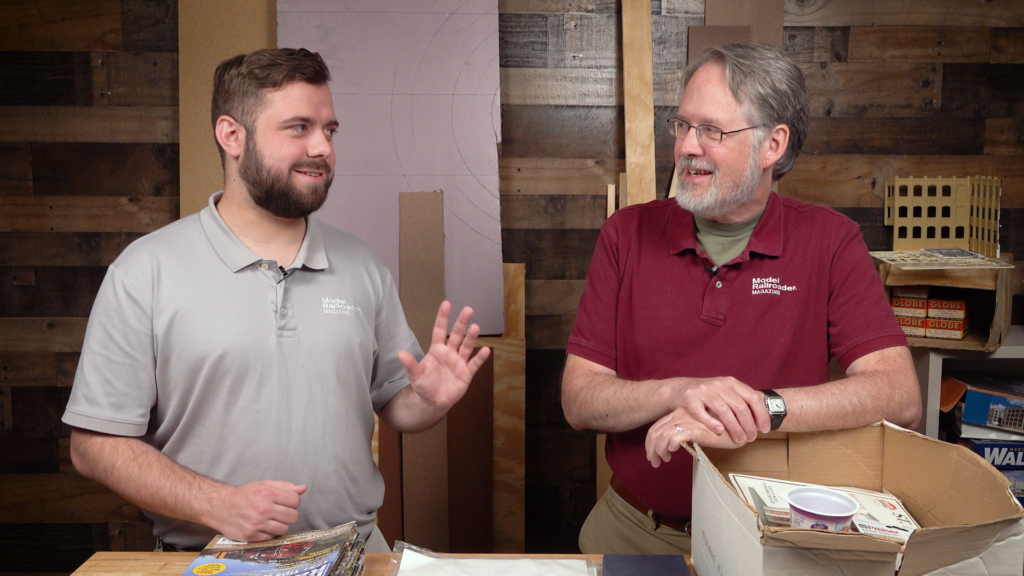
Should it stay or should it go? Model Railroader magazine editors Eric White and Bryson Sleppy talk about the reasons to keep or discard rare, unique, special, irreplaceable model railroad “treasures”. From rolling stock to tools to modeling supplies, if you question whether or not you should keep something in your collection, they have answers! […]
Read More…












